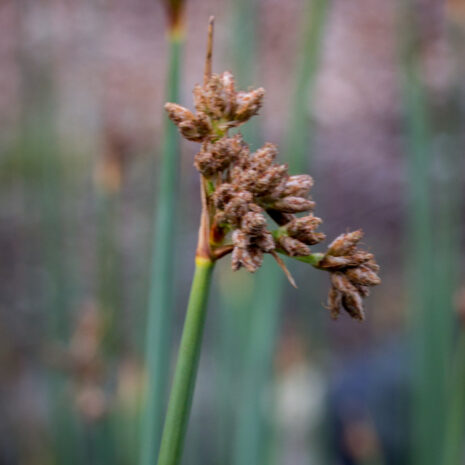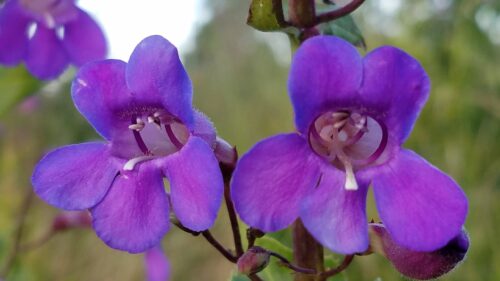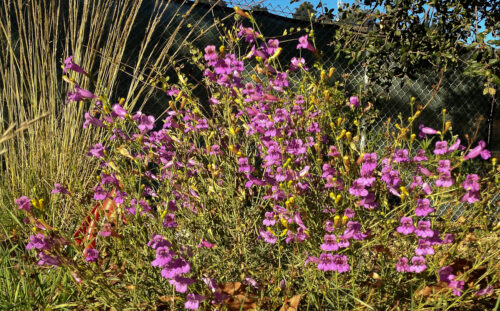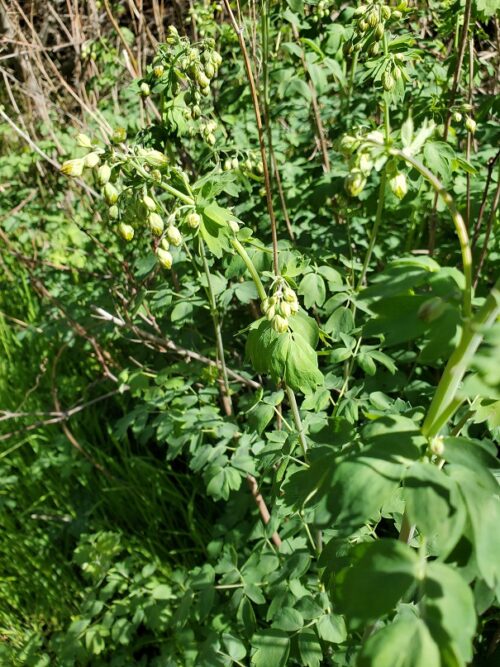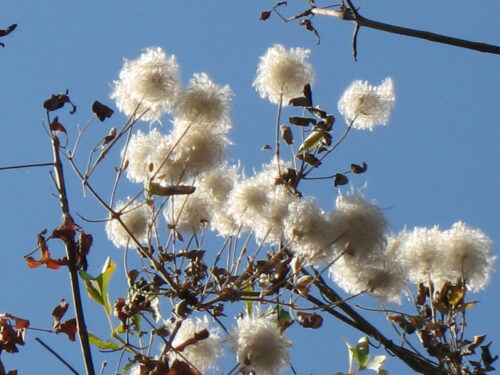Schoenoplectus acutus
$1.50 – $9.70
We do not take online orders for plants. Please come in to the nursery, call or email: (510) 234-2222 or sales@thewatershednursery.com
Share this page
Common tule
Common tule is found along marshes and shorelines in waters up to 1.5 m deep. Plants grow up to 8′ tall.
This plant provides food, cover, and nesting habitat for waterfowl and other birds. It acts as a buffer for wind and wave action and is currently used for bank stabilization and to treat contaminated water.
Native Americans used roots, pollen, and flowering spikes as food. Stems were used to make baskets, decoys, and boats.
Previously named Scirpus acutus
Sun: Full Sun
Water: Moderate, High
Soil: Clay, Loam, Sand
Other: Attracts Birds, Deer Resistant, Erosion Control
| Ecological Value | Tules at shorelines play an important ecological role, helping to buffer against wind and water forces, thereby allowing the establishment of other types of plants and reducing erosion. |
|---|---|
| Container | D-16-O, D-40-O, TB2, D-16, D-16S, D-16S-o, D-40, D-40S, D-40S-o, Stub |
| Historical Uses | Dyed and woven, tules are used to make baskets, bowls, mats, hats, clothing, duck decoys, and even boats by Native American groups. |
| Distribution | Native to California and is also found elsewhere in North America and beyond. |
| Elevation | Between 0 and 7500 feet |
| Communities | |
| Habitat | Marshes, lakes and streambanks |

